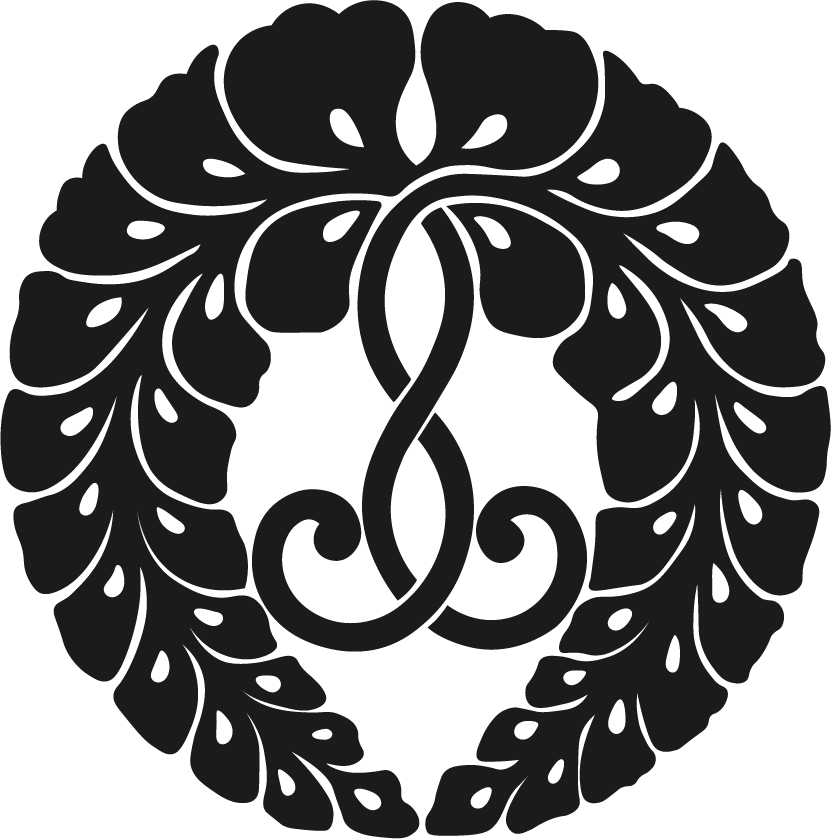Shinran Shonin’s 20-Year Lesson
By Rev. Matt Hamasaki | Ministers Blog
This month will be Gotan-E, the day commemorating the birth of the founder of Jodo Shinshu, Shinran Shonin.
He was born Matsuwaka-maro on May 21, 1173, near Kyoto, Japan. He lost his parents at a young age and was put in the care of his uncle who, upon seeing his potential, brought him at age 9 to Shoren-in Temple to become a monk.
They arrived in the evening and the head monk at the time, Jien, told them to wait for the next day for ordination. However, the young boy wrote a poem about the precious moments all beings have: Like cherry blossoms are the minds/That think there is a tomorrow;/But who can tell, there may be/A tempest in the night. Upon reading this, Jien understood the grasp the youth had on life and had him ordained that night and he took the name Hannen.
Hannen studied on Mount Hiei for 20 years, but at the age of 29 decided he could not find the answers he was looking for. He meditated at Rokkaku-do, searching for the next step for him, and on the 95th day, he had a vision of Prince Shotoku, who directed him to see Honen.
From Honen he learned the Nembutsu teaching and realized that this was what he was looking for. Upon joining Honen’s disciples, he received the name Shakku and eventually was given the name Zenshin. Honen’s movement was growing strong and was at odds with the dominant Buddhist sects at the time. As such, Honen and his close disciples were exiled, Zenshin included.
Having his priestly status forcibly removed, he took the name Shinran. Shinran took his exile as an opportunity to spread the Nembutsu teaching throughout rural parts of Japan and to write his magnum opus, the Kyogyoshinsho.
He traveled with his wife, Eshinni, and eventually had seven children. Eventually, he was pardoned and returned to Kyoto with his daughter Kakushinni, who took care of him as he got older until the end of his life.
It is amazing to me that Shinran worked at something for 20 years and decided to abandon it. To put so much of your life into something and then walk away would be unthinkable for many people. But this perhaps is the result of thinking known today as the “sunken cost fallacy.” This describes our tendency to follow through with something if we have already invested time, effort or money into it, whether the current costs outweigh the benefits or not.
Some examples of this would be if we order too much food and then eat after we’re uncomfortable just to get our money’s worth. Or, if we stay in a relationship that we’re not happy in because we’ve already been in it for years.
We do this because as humans, we are emotional creatures and not rationally thinking robots. We don’t realize that all that we’ve expended already cannot be recovered. We decide based on past costs instead of present and future costs and benefits. There are many factors into why we do this, including loss aversion, commitment bias, and how we frame the narrative. However, suffice it to say that we look at what we have already “sunk” into and not at what would be best for us going forward.
Shinran understood that this way of thinking was a fallacy and thus he was able to move on from something that he had sunk two decades into. I believe it is a great lesson to all of us not to have minds like cherry blossoms, assuming we have all the time in the world. Rather, life is short, and it is never too late to re-evaluate where we are in life and make a change.

